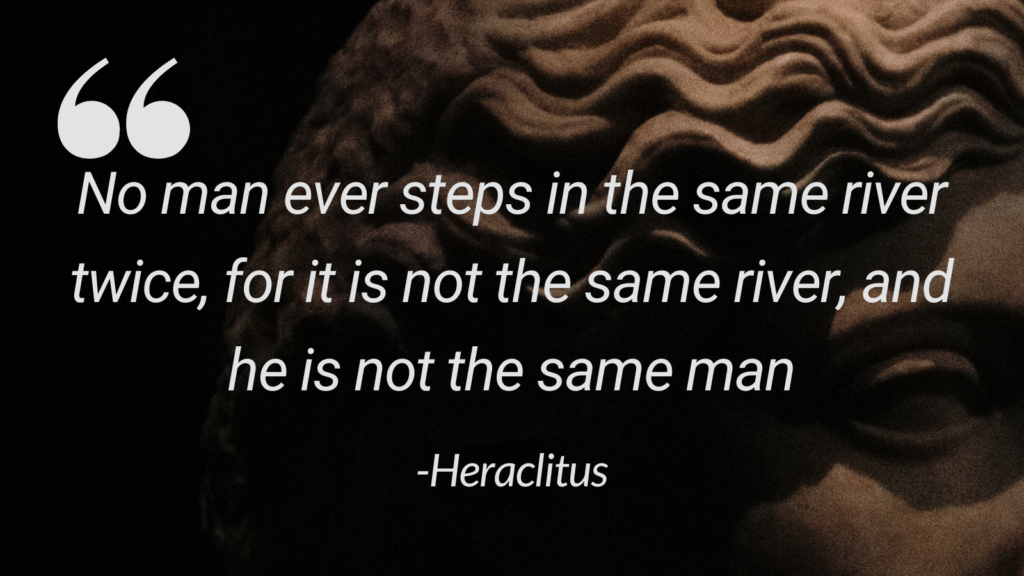Why Boutique Architecture Firms Must Understand Their Competition
Many architects, particularly those in boutique or small practices, often hold the belief that their distinct design style and artistic vision shield them from competition. While this mindset stems from a place of confidence, it can lead to significant blind spots in an increasingly competitive market, inadvertently creating vulnerabilities in an ever-intensifying market. Understanding the competitive landscape is crucial for long-term success, even for those who consider their work irreplaceable.
The Fallacy of Uniqueness
The notion that “no one can be me” is a common misconception among creative professionals. While it may be true that each architect brings a unique perspective, ignoring peers who compete in the same arena, can lead to being overtaken by unforeseen developments. Emerging market trends, disruptive technologies, and evolving client preferences are just some aspects that can disrupt business as usual. While existing clients may remain faithful, growth can stagnate without attracting new clientele. Lacking awareness of these dynamics, even the most distinctive architects risk being left behind by innovations they did not foresee or market gaps they failed to perceive.

This quote by the Greek philosopher, Heraclitus, “No man ever steps in the same river twice,” can be applied to the business world as a reminder that the market is constantly changing and evolving. Just as the river’s flow is never the same, so too are the trends, technologies, and consumer preferences that shape the competitive landscape. Staying ahead requires constant vigilance and adaptation to these shifting dynamics.
Competitive Analysis: A Strategic Necessity
Conducting a competitive analysis is not about imitation; it’s about strategic positioning. For architects, understanding the strengths, weaknesses and pricing strategies of competitors, as well as client demographics, offers invaluable insights into market dynamics. According to best practices in business strategy, competitive analysis aids in identifying differentiation opportunities, potential threats, and avenues for strategic alliances. Persistent market intelligence and strategic assessment are crucial for maintaining relevance and adeptly navigating evolving market landscapes.
Positioning and Value Proposition
Knowledge of competitors allows architects to refine their value proposition effectively. Firms that regularly assess competition often uncover niche markets or unmet client needs, enabling them to position themselves more strategically. This proactive approach not only enhances market relevance but also fosters innovation in service offerings.
Innovation and Market Trends
By monitoring competitors, architects can identify trends in sustainable design, digital tools, or construction methodologies that may impact their practice. This vigilance is not merely about staying current; it’s about leveraging innovations to enhance client service. The architecture industry is rapidly evolving, with new materials, green technologies, and AI-driven design processes becoming integral to maintaining a competitive edge.
Client Perceptions
A thorough competitive assessment reveals how clients perceive both your firm and its competitors. Understanding these perceptions can help architects refine their brand messaging and marketing strategies. As noted by Investopedia, knowing what differentiates your firm allows for clearer communication of value to potential clients.
Basic Competitive Analysis Tool: Excel Spreadsheet
Best Practices in Competitive Analysis

Leading business resources recommend several best practices for conducting effective competitive analysis:
- SWOT Analysis: Identify your Strengths, Weaknesses, Opportunities, and Threats relative to competitors. This framework helps highlight areas where your firm can excel—be it sustainability practices or specialized design expertise.
- Client and Industry Feedback: Engage clients and industry insiders to gather insights on competitor performance and market positioning. Customer feedback offers direct perspectives on what competitors do well or poorly.
- Regular Monitoring: Competitive analysis should be an ongoing process. In a fluid market like architecture—where design trends and client expectations shift rapidly—consistent monitoring ensures that your firm remains agile and responsive.
In Summary
For architects who perceive their work as incomparable, understanding the competition remains a cornerstone of sustainable business practice. Competitive analysis empowers firms to innovate, position themselves uniquely, and adapt to market shifts effectively. Rather than viewing competition as a threat, it should be embraced as a valuable source of insight that sharpens strategic direction and elevates standing in a crowded marketplace. Ignoring this critical aspect in today’s business landscape poses risks that no serious architect can afford to take. In summary, recognizing the importance of assessing competition is vital for any architect aiming for long-term success in an ever-evolving industry landscape. By embracing competitive analysis as an integral part of strategic planning, architects can ensure they remain relevant and thrive amidst challenges.
